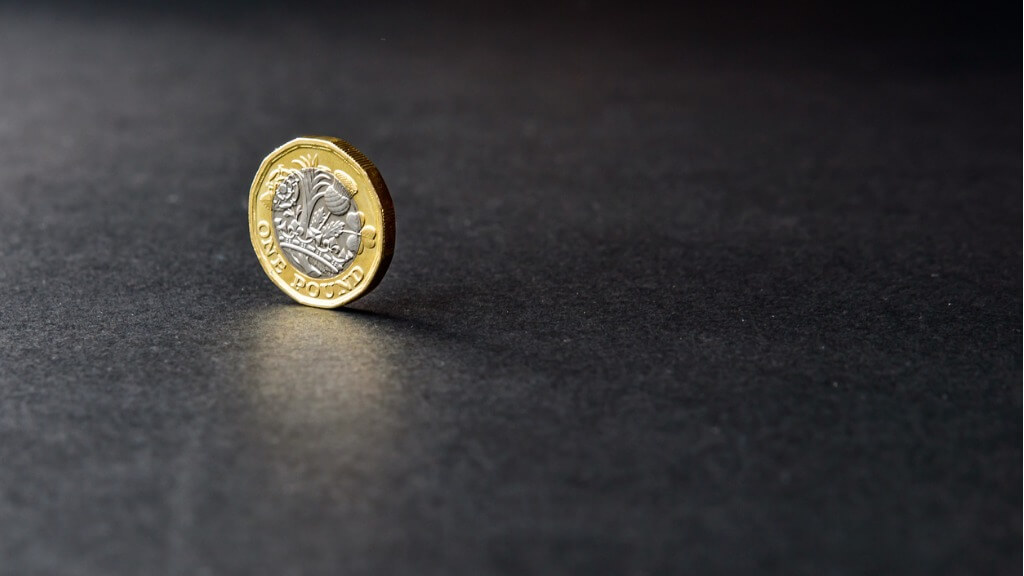How Has The Value Of Everyday Goods Changed Since Decimal Day In 1971?
A pound in 1971 was worth the equivalent of around £14 today.

Monday marks 50 years since the new decimal currency system was formally adopted on February 15 1971 – known as Decimal Day.
Here are some facts and figures from Sarah Coles, a personal finance analyst at financial services provider Hargreaves Lansdown, showing how life has changed since:
1. Price rises have averaged 5.6% a year since 1971.
2. A pound in 1971 had the buying power of £14.24 today.
3. Back then, a pint of milk typically cost 5p (it is 43p now), a loaf of bread was 9p (it is £1.16 now). This may look like a massive price hike but, accounting for inflation, in real terms the price of both has fallen.
4. In 1971 a pint of beer cost 15p, which is the equivalent of £2.21 today. Now, the average price is £3.80.
5. If someone had saved £1,000 in the average savings account between then and now, they would have £12,198 – which, after the eroding impact of inflation is taken into account, would be worth just £781.
6. If someone had invested £1,000 in a UK tracker fund in 1971, it would be worth £252,204 typically now. After inflation that is £16,156 – so in real terms someone’s money would be worth 16 times more than they had originally invested.
7. If someone had invested their money in Unilever instead, their £1,000 would be worth around £920,302, which, after inflation, is an increase of £58,953. So in real terms this would be worth nearly 60 times as much as was originally invested.
8. In 1971, the average house cost £5,632. If prices had increased in line with inflation, the average house would cost £82,920 today – rather than the actual cost of around £250,000.
9. In 1971, the mortgage rate recommended by the Building Societies Association was 8.5%. Bank of England figures recently put the average at 1.9%. The highest the recommended rate has reached in the past 50 years was 17% in 1979.
10. The 5p and 10p had already entered circulation in 1968. They were the same size and value as shillings and florins, so ran alongside them as “decimal twins”.
11. The 50p piece was introduced in 1969.
12. 1p, 2p and half-penny coins were introduced in 1971.
Thanks for signing up to Minutehack alerts.
Brilliant editorials heading your way soon.
Okay, Thanks!